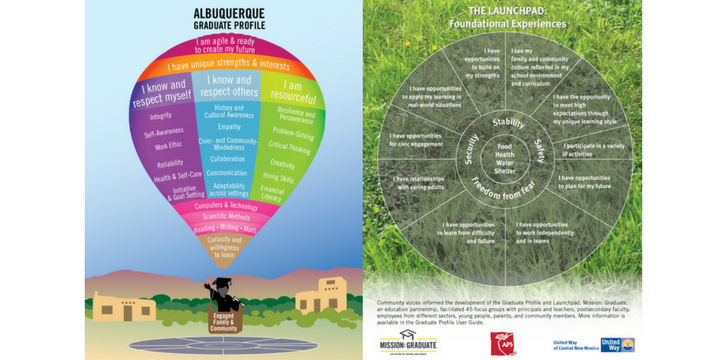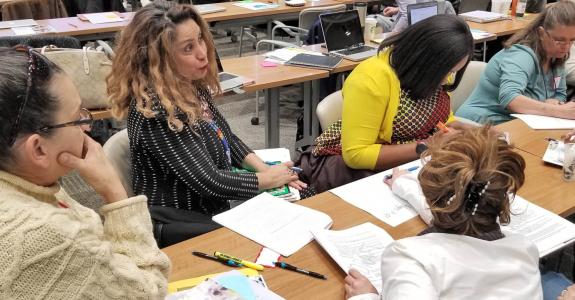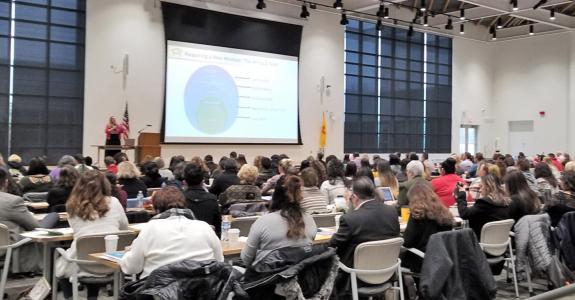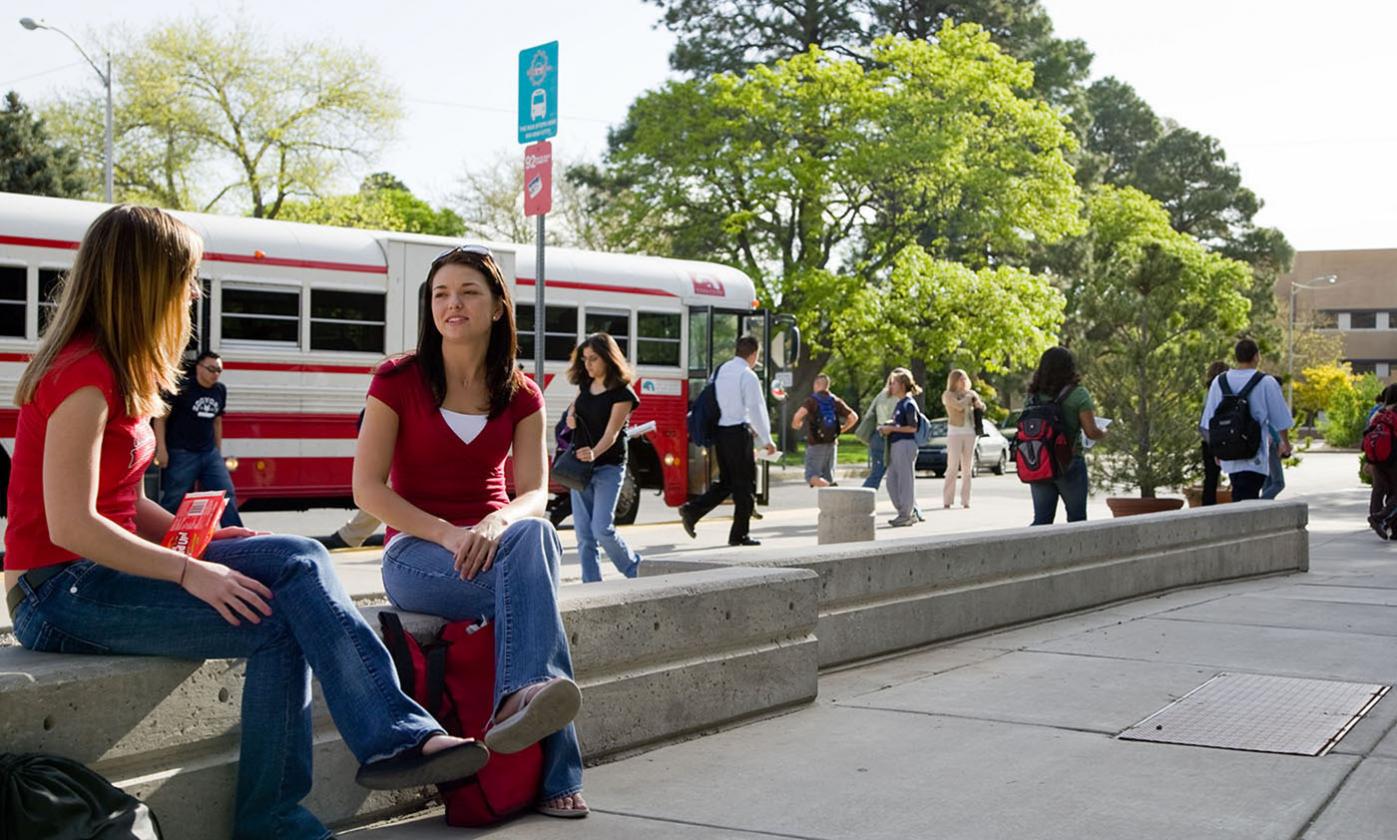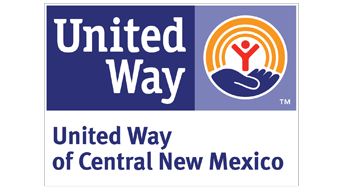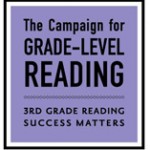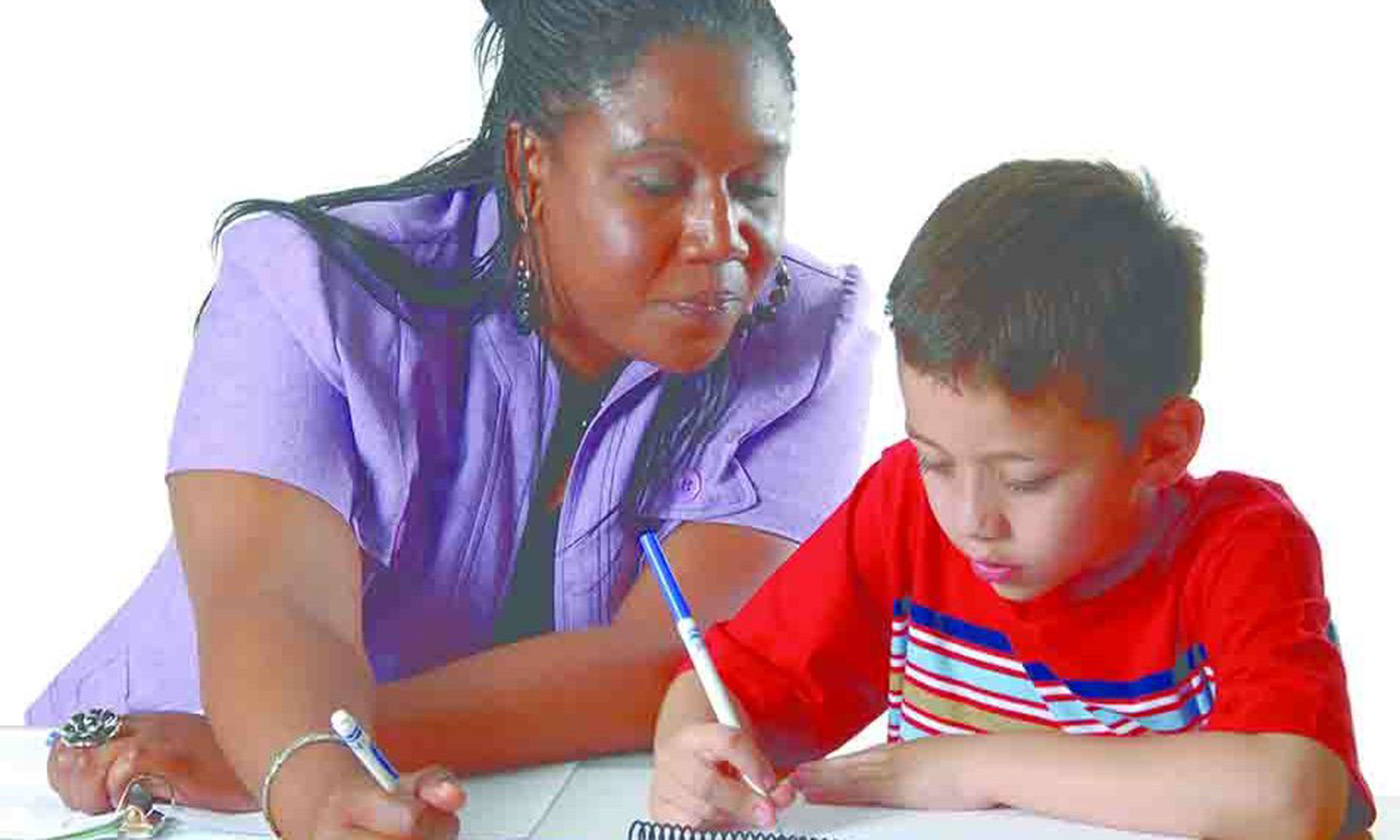
Having an impact on: Early Grade Literacy
“We’re sitting on so much data – what are we waiting for? We don’t have any time to waste,” explains Portia Sharp, Lead Teacher of the Reading Recovery program at Rio Rancho Public Schools (RRPS).
Reading Recovery is a national program administered at 10 Rio Rancho elementary schools. The program identifies students near the end of their kindergarten year. Teachers use the Dynamic Indicators of Basic Early Literacy Skills (DIBELS) to screen students; then an Observation Survey is administered to make the final selection of who will participate in the one-on-one intervention. Students start the program on the very first day of first grade with a specially trained teacher and get daily 30-minute instruction for 12 to 20 weeks. Students are monitored daily so that they don’t fall behind.
“It’s a preventative program, not a remedial one. Rather than starting off behind, we want our students to enjoy being successful and have the opportunity to marinade in the idea that they can,” explains Sharp.
“One of the keys to this success is the professional development teachers receive,” says Carl Leppelman, Associate Superintendent of Curriculum and Instruction for RRPS. For starters, they must be a Level 2 teacher and have had success as a primary teacher. Teachers undergo a year-long training, gaining skills including how to become a reflective practitioner. “They need to be great at observation,” he says. Other success factors include assessments and the ongoing collaborative relationship between the classroom and Reading Recovery teacher. There are currently 22 Reading Recovery Teachers. During the 2014-15 school year 166 students were served, 83 per semester. During that school year, students reading at average for their grade level increased from 2 percent at the beginning of the year to 67 percent by the end.
“Reading Recovery encourages us to intervene with the whole child—reading, writing, speaking, listening—even the emotional,” says Sharp. “You need to get through the emotional before the child can begin to learn. You need to get a trusting relationship going with these little guys. Then they love going to Reading Recovery because they’re successful and when they’re successful they feel good about themselves.”
Leppelman goes on to explain that the program has three prongs: home life, school attendance, and teacher-parent collaboration. Developing a strong trust between the parents, classroom teacher, and Reading Recovery teacher is crucial to student success.
Near the end of the school year, students get to show off their reading skills by reading to community members at a Readers Café. Students are eager to read and show all that they have accomplished by reading their favorite stories to community members who attend solely to listen to children read. Among those who show up are the mayor, fireman, parents, doctors, policemen, and high school athletes.
Purpose and Goals
Reading Recovery is a highly effective, short-term intervention of one-to-one tutoring for RRPS’s lowest achieving first graders. The intervention is most effective at improving reading skills when it is available to all students who need it and is used as a supplement to good classroom teaching.
Population Served
Reading Recovery serves the lowest-achieving first graders – the students who are not catching on to the complex set of concepts that make reading and writing possible. They are identified based on end of year kindergarten performance and classroom teacher input as well as, beginning of 1st grade year data.
Strategies Used to Achieve Goals
- Individualized daily instruction: Individual students receive a half-hour lesson each school day for 12-20 weeks with a specially trained Reading Recovery teacher.
- Special training for teachers: To become a teacher trained in Reading Recovery, one must commit to a year-long six-hour graduate course as well as ongoing observation and feedback. Instruction in the Reading Recovery program is driven by inquiry and professional development.
- Timely program exit: As soon as students can meet grade-level expectations and demonstrate that they can continue to work independently in the classroom, their lessons are discontinued, and new students begin individual instruction.
- Collaboration and data sharing: The Reading Recovery teacher becomes a partner with the classroom teacher and the Student Assistance Team in an effort to support the unique learning needs of each student. The students in the program continue to receive reading instruction in the class in addition to the supplemental reading instruction provided by the Reading Recovery teachers. Students are monitored daily, and performance data is shared back and forth between teachers.
Data Snapshop
How much do we do?
- Since its inception in 1998, RRPS teachers trained in Reading Recovery have instructed 2826 first grade students.
- During 2014-15 school year, teachers trained in Reading Recovery instructed 166 first grade students.
- There are 22 Reading Recovery teachers—at least two in each of Rio Rancho’s elementary schools, more where there are higher needs.
How well do we do it?
- During 2014-15 school year, Reading Recovery reached 13% of first graders in Rio Rancho Public Schools.
- Students spend an average 40 hours over 20 weeks working one-on-one with Reading Recovery teachers
Is anyone better off?
Students who began Reading Recovery in the fall of 2014, on average were reading below a text level 1 (kindergarten), exited the intervention at a text level 15 and by the end of the school year read at a text level 18 (grade level.)
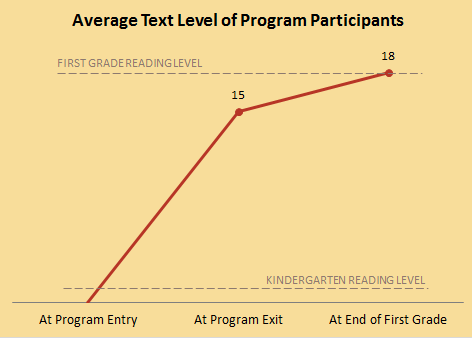
Website: readingrecovery.org
Phone: (614) 310-READ (7323)
To be selected for a Bright Spot, a program had to provide evidence that children or adults touched by their interventions were better off after participating. While the strength of evidence varied from program to program, all Bright Spots were able to show – at minimum – a correlation between participation in their program and positive outcomes. Those with stronger evidence provided pre- and post-data on participants in comparison to a similar group that did not participate.


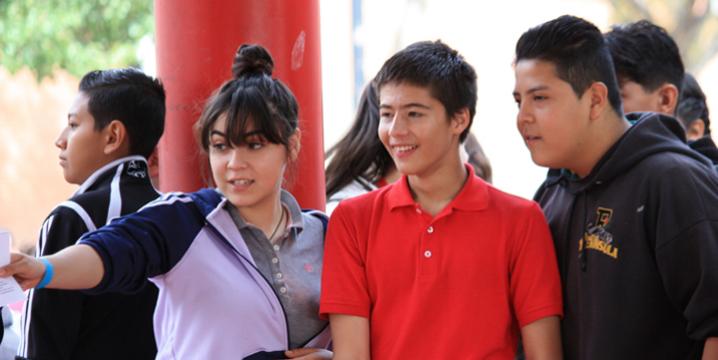
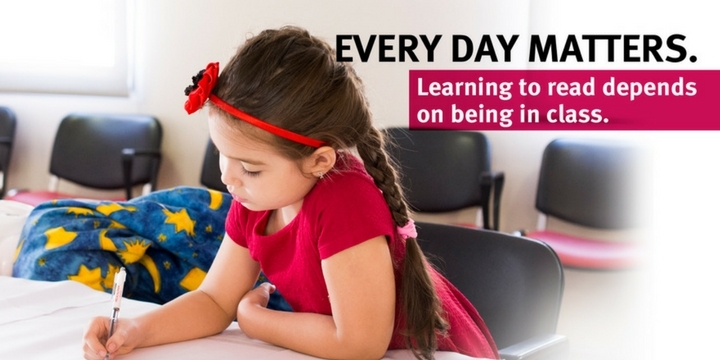
.png)
